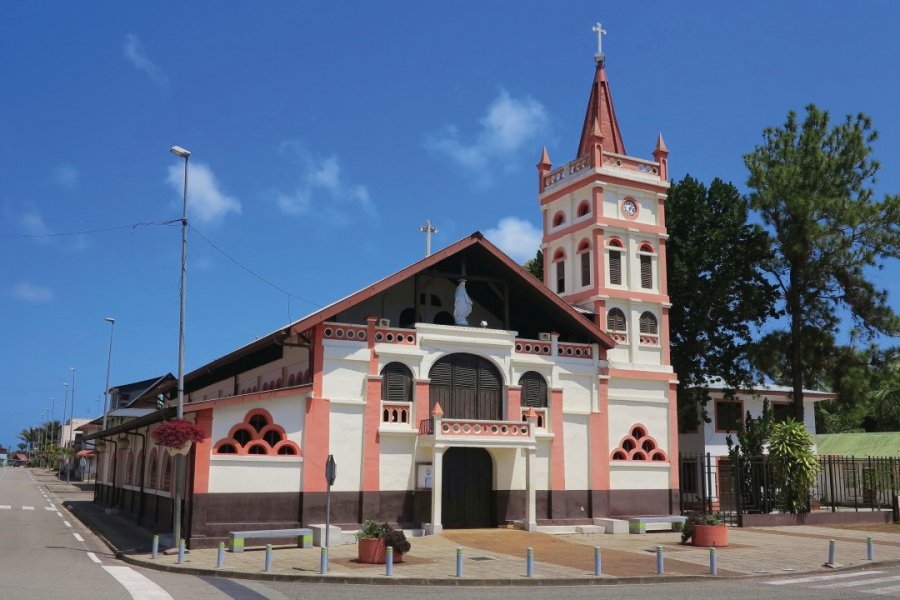Travel Guide Sinnamary
Find an accommodation
Advertising
Sinnamary was occupied by groups of Galibi Indians, but it was not until 1624 that the written history of Sinnamary began, with the arrival of a group of settlers, among whom was the wife of Constant d'Aubigné, son of the famous Agrippa, who gave birth to the woman who was later to become the secret wife of Louis XIV, Madame de Maintenon. It was the Dutch who, as early as 1657, after having invaded French Guyana, built canals and trenches to make the land more salubrious and fertile. In 1664, the arrival of French settlers put an end to this occupation. In May 1676, the Dutch began a second occupation, but Guyana was soon taken over by a French squadron led by Admiral d'Estrées in December of the same year. A century later, in 1763, about sixty families of Alsatian and Lorraine colonists who had survived the disastrous Kourou expedition were settled there: six large huts and a hospital were built to accommodate them. It is agreed that some of the names of the great families of Sinnamary, such as Horth, Clet or Beneth, owe their origin to these displaced families. In 1766, the breeding of cows from North America became the main activity of Sinnamary: supported by the labour force represented by slaves, in 25 years the livestock reached 14,000 heads. The first abolition of slavery in 1792 and the second, final one in 1848, put a strong brake on the economy of the commune: the slaves, freed, deserted the lands of culture. Later, it was the convicts who took the place of the former slaves, working hard on the prison farms or carrying out public works. The gold rush of the late 18th and early 19th centuries towards the Sinnamary goldfields (among the richest in French Guiana) created a powerful migratory movement: mainly Guyanese and West Indians came to try their luck. Then, from 1955, Roland Verderosa, mayor of the commune, encouraged the establishment of an Indonesian village in Sinnamary, so that they could use their know-how in terms of rice cultivation. Over time, the Indonesian community became involved in mixed farming on abattis and later in basketry. Nowadays, Sinnamary is a rather quiet town of 3,000 inhabitants with its long avenues lined with old-fashioned Creole houses with old-fashioned charm. The timeless atmosphere and tranquility of Sinnamary is worth venturing there, even for a moment. If you have more time at your disposal, you can enjoy this authentic village by staying with local people. A Tourist Information Point (28, rue Constantin-Verderosa) will be able to direct you to the Saint-Elie trail, a 2.5 km walk through forest, savannah and marshland. Another reason to stop in Sinnamary is the quality of its handicrafts: sculptures, basketry, seed necklaces and bracelets and precious wood furniture are the most characteristic items of the area. For handicrafts, one should go to Corossol (20, Constantin-Verderosa street), for furniture go to L'Or Vert (45, Constantin-Verderosa avenue).
What to visit Sinnamary?
Weather at the moment
Advertising
Organize your trip with our partners Sinnamary
Transportation
Book your plane tickets
Car Rental
Boat rental
Accommodation & stays
Find a hotel
Holiday rental
Find your campsite
Tailor-made trip
Immersion travel
Services / On site
Activities & visits
Find a doctor
Sinnamary travel inspiration
Find unique Stay Offers with our Partners
Pictures and images Sinnamary
Other destinations nearby Sinnamary
100 km away















